Today is the first day of spring, and in Japan, it’s a national holiday called 春分の日 shunbun no hi. Honoring the vernal equinox is (and the autumnal equinox, six months from now) with holidays always struck me as a nice thing to do, since celebrating the start of a new season is something humans have been doing for millennia. Let’s explore what spring is like on the ground here in Japan!
Spring in Japan! How do the Japanese Celebrate?
One thing to know about the Japanese: they love having proper seasons, and when you walk down the street here, you’re likely to be stopped by a random person who wants to tell you how great Japan is for having four distinct seasons. Everything from the traditional foods they eat to the poetic phrases used in letter writing is adapted for whatever the current season we’re in. Japanese people are positive their country is the only country to be blessed with four unique seasons because they went to California once, and California only has two seasons, “nice” and “less nice.”
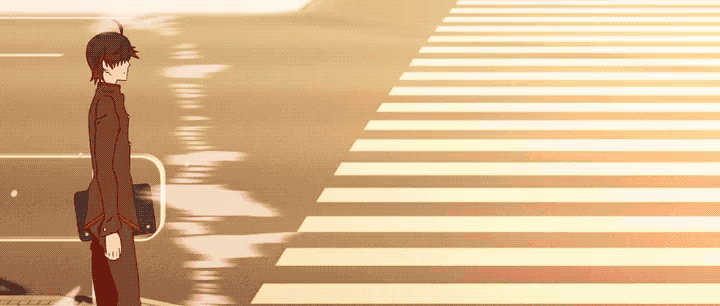
The Strong Winds of Haru Ichiban
The first sign that winter is finally giving way to spring is a fierce wind that blows through, called haru ichiban or the first wind of spring. I can always tell the new season is almost here when I can hear the large sake storage boxes outside my in-laws’ liquor shop getting blown around by the strong winds.
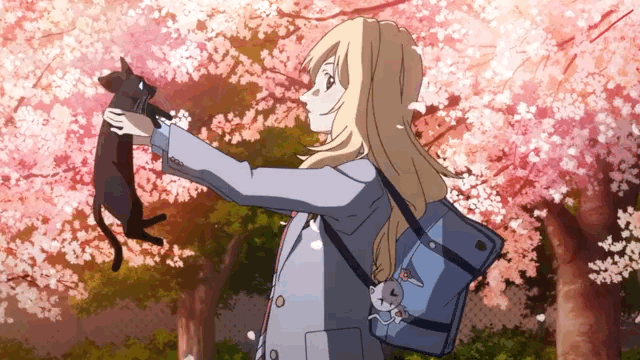
Cherry Blossoms Everywhere
You can’t think of spring in Japan without thinking of sakura, the beautiful cherry blossoms that bloom in brilliant colors in late March and early April. I love doing hanami, spreading out a plastic sheet and having a picnic while observing the fleeting beauty of the flowers. Like all forms of tourism, flower viewing is important economically, and pretty much every Japanese city will heavily promote itself as the most beautiful place to take in the beauty of the sakura petals. Flower viewing is an old pasttime, dating back more than 1300 years to Japan’s Nara Period.
If you’re planning a visit to Japan during sakura season, it can be quite a challenge to know exactly when the cherry blossoms will bloom, and a warm year can cause the cherry blossoms to peak before your visit. Here’s a protip: if you miss the main cherry blossom viewing season at sea level, just look for sakura viewing spots at higher elevations, or head farther north.
It’s the Season of the Sakura in Japan. Here’s a blog post about how one of our early hentai games helped bring the world closer together.

Spring in Japan is the Season of Ceremonies
Spring in Japan is the season of solemn ceremonies, whether it’s graduation in which you must say goodbye to longtime friends, or school entrance ceremonies, where you start a new life in high school or university. Companies love to have ceremonies, too, and if you join a large company you should expect to have a formal entrance-into-the-company ceremony. If you live in Japan, you get used to listening to a lot of long speeches by high-ranking school officials and/or company presidents.
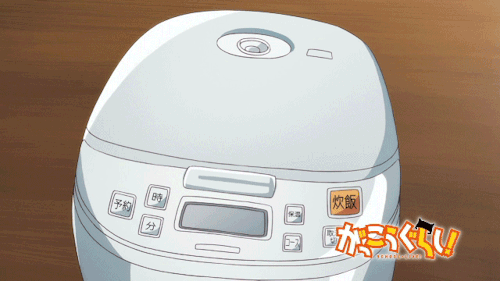
It’s the Season for Starting a New Life
While spring is by definition the time when new life begins biologically, it’s also the time for 新生活 shin-seikatsu, or the “new life” of young university students or new workers starting their careers. Electronics manufacturers are happy to use this time to have a special sale on all the new gadgets you’ll need for your new life, from washing machines to televisions to rice cookers.
(One aspect of learning Japanese is that there are many separate words and concepts for the word “life” or “to live.” There’s 命 inochi meaning one’s life, or 生命 seimei, the word used for concepts like life insurance or finding life on other worlds, or 人生 jinsei, the stretch of a person’s life from beginning to end. Some verbs for “to live” include 生きる ikiru, meaning to live in the sense of not being dead, or 暮らす kurasu / 生活する seikatsu suru, both of which mean to live your daily life, while to express living in a specific place you’d use 住む sumu. It’s not particularly difficult to get all of these words separated, but it does take time.)
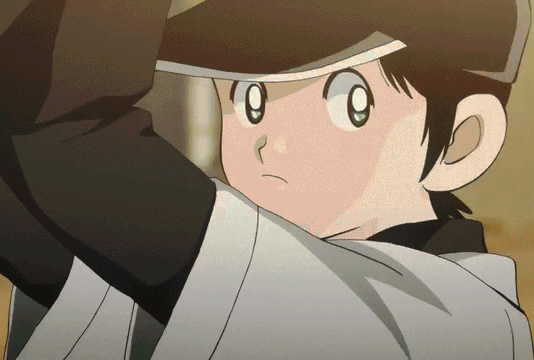
High School Baseball Championship
Spring in Japan is also the start of the big national high school baseball championship held in Koshien Stadium near Osaka. Every game is broadcast, and baseball fans eagerly watch, wondering if they’ll witness the birth of a new legend like Shohei Otani.
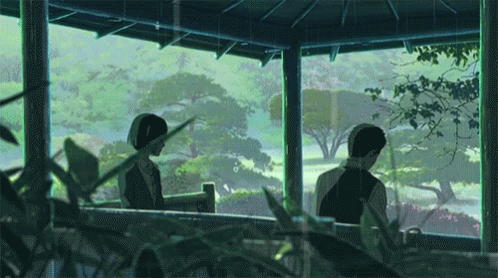
Onna-gokoro to Haru no Sora
“The weather in spring is like a woman’s heart, subject to change at any moments. Like literally, it was T-shirt weather yesterday and this morning we’ve got actual snow falling outside.
(The above phrase is commonly rendered as onna-gokoro to aki no sora, when apply to autumn, which is pretty much the same.)
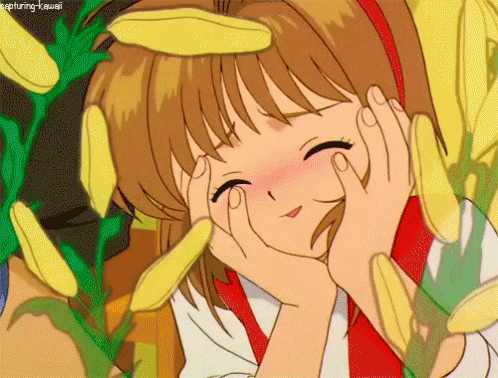
Spring is the Season of Hayfever
For a free-market capitalist country, a surprisingly high number of Japanese industries are centrally planned by the government to manage them more efficiently. This includes forestry, which is overseen by the Ministry of Forestry, Agriculture, and Fisheries. Unfortunately back in the 1950s, this agency had the brilliant idea of standardizing Japanese forestry around two types of trees, sugi (Japanese cedar) and hinoki (Japanese cypress).
Relying overly much on just two types of trees for the entire nation had the unforeseen outcome of giving Japanese people terrible hayfever when the trees start their flowering process, pumping out pollen into the air. It’s said that one in three Japanese suffers allergies in the spring.
Thanks for reading this post about Japan in spring. Got any questions about life in Japan, or ideas for future blog posts? Post them below, or tell us on Twitter!
These are stressful days we’re all living in, and Japan is helping us manage that stress as best we can with fun and unique ero toys, unique scented lotion products, and more to take our minds off the bad areas of the world. Browse all our new ero products from Japan here!
















